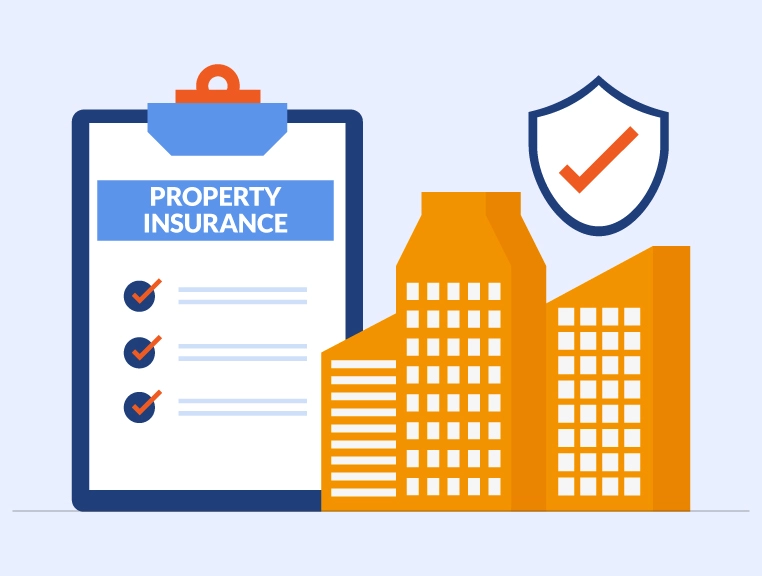As a building developer or contractor, you are required to take steps to safeguard your capital investments against various losses or damages along with the work in progress or the materials which were bought for use in the project.
Here, the Construction All Risk Insurance policy can help you by covering losses or damages to your property. It also covers the legal liability which may arise due to loss or damages caused by you to a third party or its property.
While the policy plays an imperative role, what if you exhaust the entire coverage during the policy tenure and the loss happens after that? You will not be able to get any help from the insurer despite having the policy because you exhaust your coverage in the middle of the year.
Here, it is useful to exercise the option of reinstatement of the indemnity limit in the construction of all-risk insurance policies.
As per this clause, in the event of a claim for damage as covered under the Construction All-Risk Insurance policy, the sum insured will be reinstated automatically in full, from the date of the loss or damage.
In this case, the insurer will reinstate the cover, provided-
- The policyholder shall make use of reasonable recommendations to prevent further damage
- The policyholder pays an additional premium at a rate as agreed upon the amount of each claim from the incident date to the date of the expiry of the insurance.
The reinstatement of the indemnity level ensures that even if there is an exhaustion of the sum insured, partially or fully, the insurer will reinstate the limit of indemnity back to the full amount.
In most cases, construction all-risk insurance companies reinstate the policy once or twice, but some policies allow you to reinstate the sum insured three or more times.
Note, some construction all-risk insurance policies allow reinstatement of indemnity up to an overall limit of Rs 1 crore during the policy tenure in the case of third-party liability. Also, depending on the policy conditions, the reinstatement is done either with or without a premium, i.e., reinstatement premium.
Read More: What is Construction All Risk Insurance?
Further, in certain cases, it is done only when the policyholder approaches the insurance company for reinstatement.
You can also go for a fire insurance policy along with construction all-risk insurance to cover losses or damages which may arise due to fire.
Case:
N.J Construction Company was established in 2012 by an experienced and dynamic leader, Mr. Taran Adarsh, as a partnership firm.
Since its inception, the company has been engaged in various infrastructure works and is having its expertise in water pumping stations, bridges, canals, railway civil work, etc.
Though the company diligently follows all the safety measures at work; it has also bought a construction all-risk insurance policy to get financial security in case of any mishappening.
Last year, the company got a contract for constructing a five-story office building for MKJ Jewels in Pune. While the construction was going in upswing under all safety measures, suddenly lightning happened which caused the fire and damaged a substantial part of the materials that were kept there to use for construction.
Thankfully, no one was injured. However, the loss was big enough for the construction company to approach the construction all-risk insurance company and agreed to settle the claim. As the loss amount was huge, the entire coverage got exhausted.
As the claim happened in a mid-policy tenure, N.J Construction Company approached the insurance company and asked for the reinstatement of the indemnity limit.
Upon receiving the request, the insurance company reinstated the indemnity limit to ensure that N.J Construction Company stayed insured for the remaining policy tenure.
Thanks to the reinstatement of the indemnity limit, N.J Construction Company stayed covered for the remaining policy tenure, even when it exhausted its coverage in the middle of the year.
As N.J Construction Company agreed to the reinstatement, the insurer computed the premium that the construction company had to pay on a pro-rata basis.
In some cases, your insurance company may reinstate the indemnity limit once it is exhausted. Otherwise, you would have to approach the insurer yourself and get your policy reinstated.
About The Author
Shivani
MBA Insurance and Risk
She has a passion for property insurance and a wealth of experience in the field, Shivani has been a valuable contributor to SecureNow for the past six years. As a seasoned writer, they specialize in crafting insightful articles and engaging blogs that educate and inform readers about the intricacies of property insurance. She brings a unique blend of expertise and practical knowledge to their writing, drawing from her extensive background in the insurance industry. Having worked in various capacities within the sector, she deeply understands the challenges and opportunities facing property owners and insurers alike.




